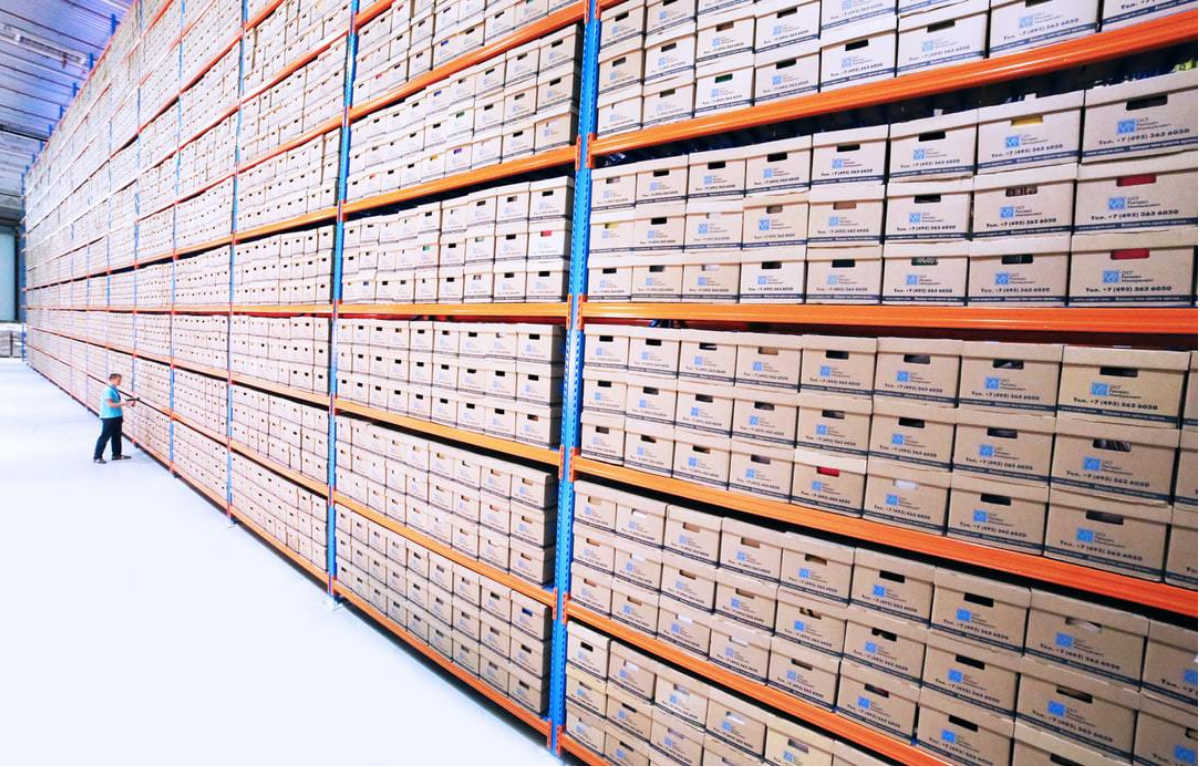The holiday season is an essential period for most retailers and businesses. With an increase in demand and volume of shipments, it becomes crucial for businesses to be adequately prepared. Please review the following Bergen Logistics’ guidelines for ensuring a smooth and efficient holiday shipping season. Forecasting and Planning Holiday Sales Forecast: To efficiently handle… Continue reading Holiday Shipping Preparation Guidelines
Category: Warehouse Solutions
How to Lower Logistics Costs
When customers buy from you, they expect their purchases to be delivered as promised—on-time and unharmed. If a company can’t meet consumer demands and expectations, they’ll lose shoppers regardless of how amazing their product is. Dissatisfied customers will take business elsewhere and can influence other shoppers to do the same. The importance of order fulfillment… Continue reading How to Lower Logistics Costs
What is Picking and Packing?
A distribution center with the latest technology and automated processes is more likely to assure accurate order fulfillment. Fulfilling orders requires picking and packing, and there are a variety of methods. In this post, we’re discussing commonly used picking and packing processes. The Picking Process: When an order is received, a client sends a pick… Continue reading What is Picking and Packing?


